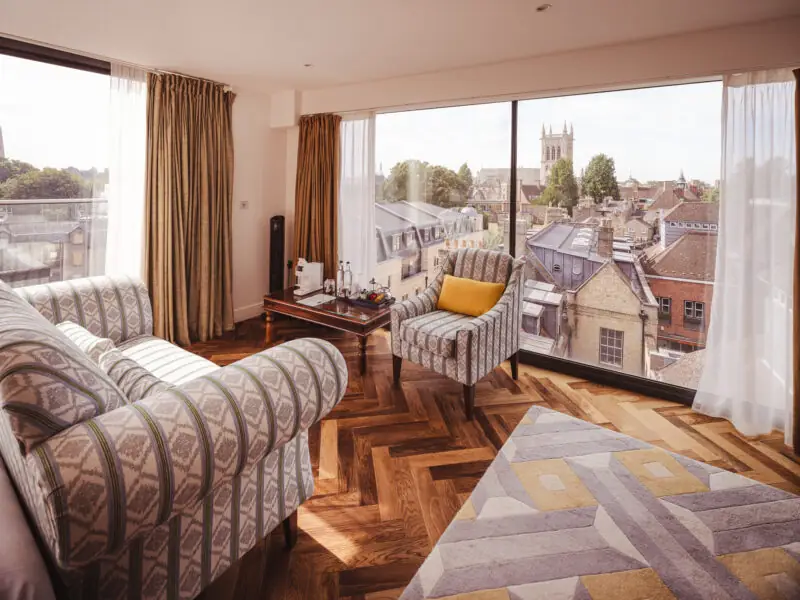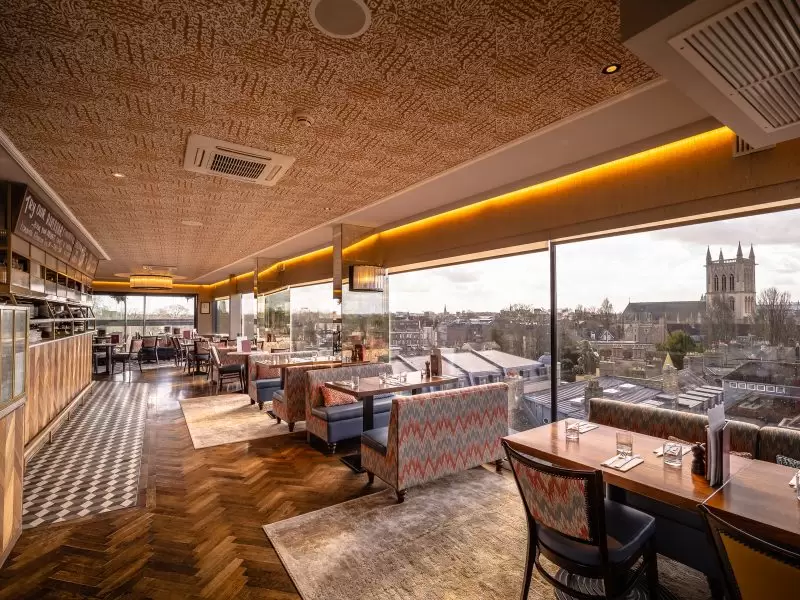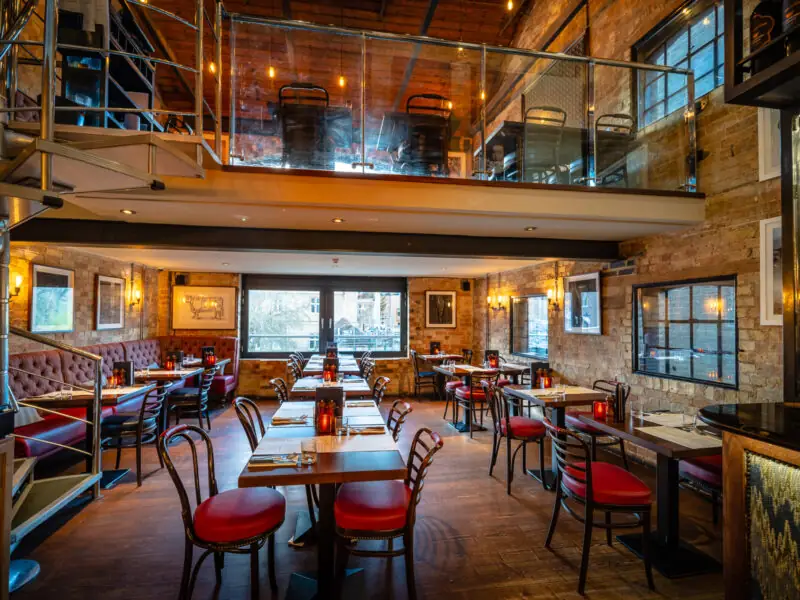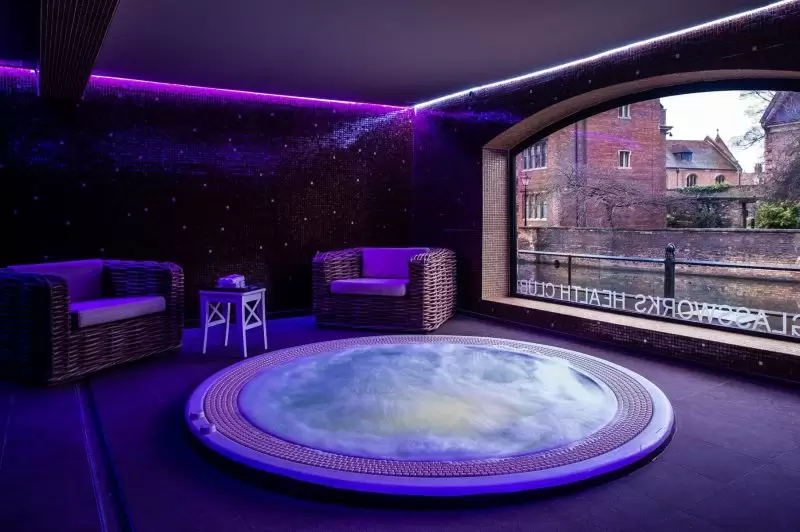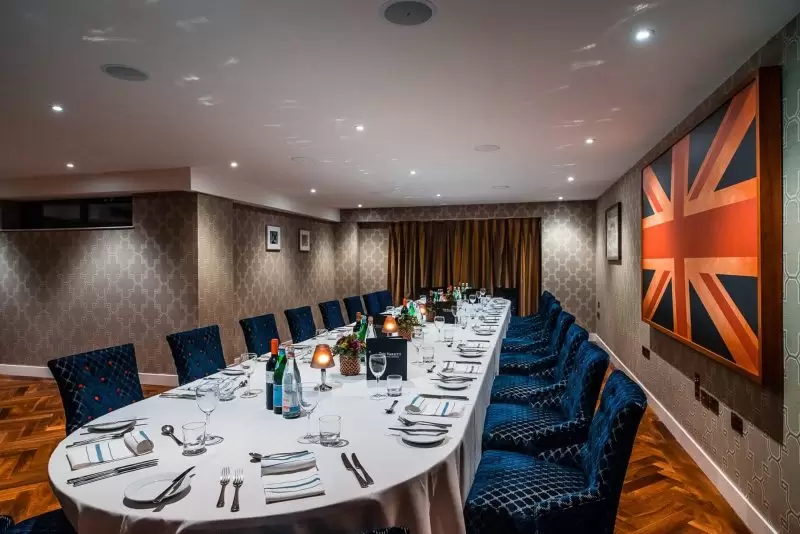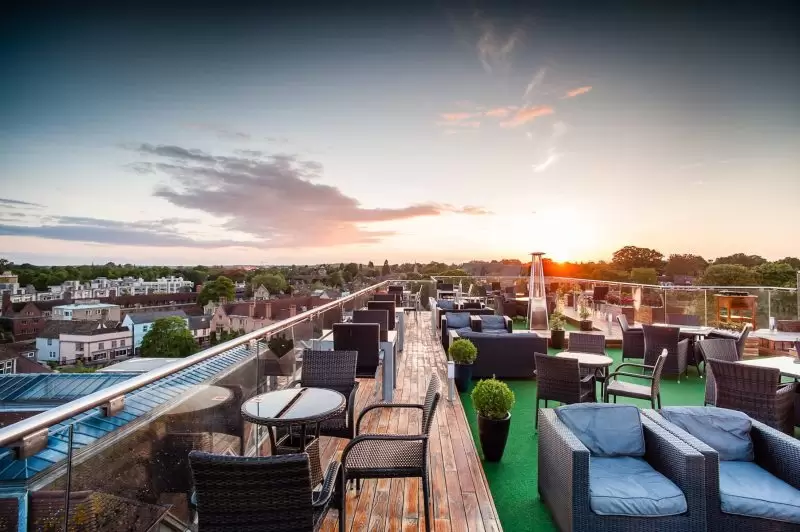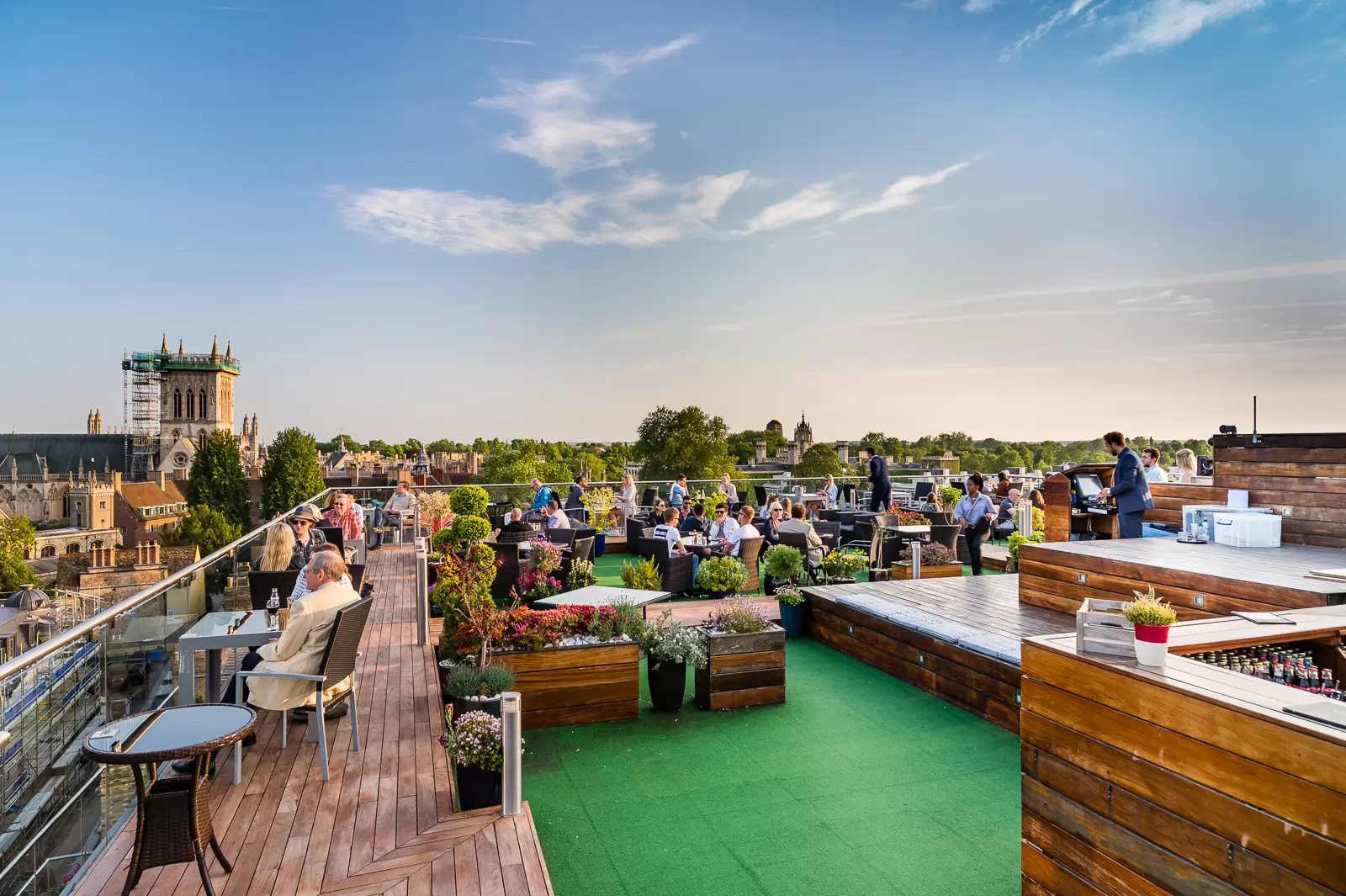When we think of imposing and incredible cityscapes, we often talk of places like London, New York or Hong Kong. Each one a vast metropolis with a plethora of epic architecture of world significance. Normally, one wouldn’t consider a city as small as Cambridge amongst such august company. Especially given how flat the land is and it is, generally speaking, a low rise city. Yet anyone who has stood upon the Varsity Hotel’s Roof Terrace or gazed out the window of our Six Panoramic restaurant might beg to differ.
City of Architecture
The first and most obvious rebuttal is to simply consider the breathtaking array of architectural styles on display in Cambridge. The city is over 800 years old and still retains examples of almost every architectural style to have come into and out of fashion during that time. How many other cities across the world can make that claim? Not many, and almost all of them have populations numbering in the millions.
We can begin with the Round Church right in the heart of the city. Dating back to the 12th century, this medieval church is built in the Viking style. Naturally enough, the Vikings had a significant presence here during their heyday. After all, the city’s location is the furthest up the river Cam a Viking longship could travel before the river became too shallow. Perfect place to build a Bridge…
Even older is the huge and imposing Great St. Mary’s church right at the heart of the city with foundations laid as early as 1010. Widely acclaimed as being the University church, its striking tower can be seen far and wide.
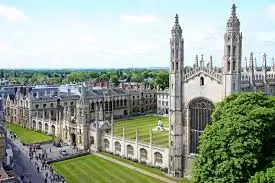
And in keeping with the religious theme of early surviving Cambridge buildings, we continue with the iconic King’s College Chapel. Its foundation stone was laid in 1446, though work on it was stop-start for many decades thereafter. But a century after work upon it had commenced it came to be seen as one of the finest example of late medieval buildings in all of Europe. An accolade it retains to this day, even after so many of its contemporary rivals have since been destroyed.
Religion and Academia
The twin aspects of Cambridge architecture are its religious and academic buildings. The latter being best showcased by the designs of certain Colleges. St. John’s and Trinity Colleges were both founded in the 16th century, and showcase the finest of late medieval secular construction. Although ironically the best known set piece of St. John’s College, the Bridge of Sighs, was actually constructed in the 1830s. Showing just how far back the Cambridge tradition of building new to match the old style goes.
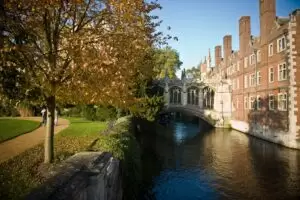
By comparison, Downing College was founded in 1800 – the first for two centuries, and the last for another 70 years. It is thus unique for its Regency era design. The same style that dominates so many of London’s wealthier postcodes. An interesting transition point from the medieval to the modern design of the Cambridge Colleges.
Meanwhile, if we’re talking about towers to dominate the skyline, then we must mention the tower of the Cambridge University Library. The largest of the 100+ libraries in the city, the UCL is said to contain a copy of every book published in the country for several centuries. As well as many rare or even unique books or manuscripts many centuries old. The collection contains over ten million items.
All of these and more can be seen upon the Cambridge skyline. When enjoying a cocktail in our iconic Roof Terrace, perhaps. Or enjoying a delicious Afternoon Tea in our Six Panoramic Restaurant.
